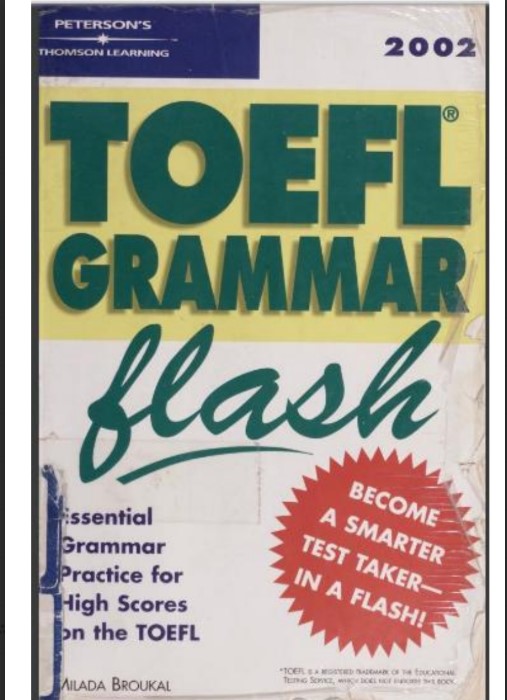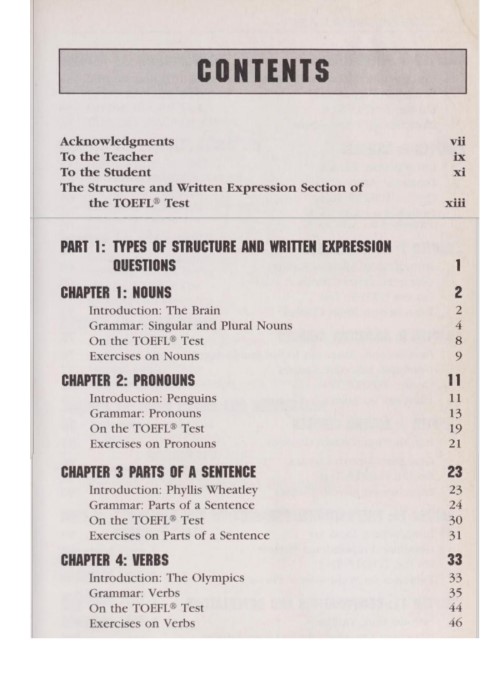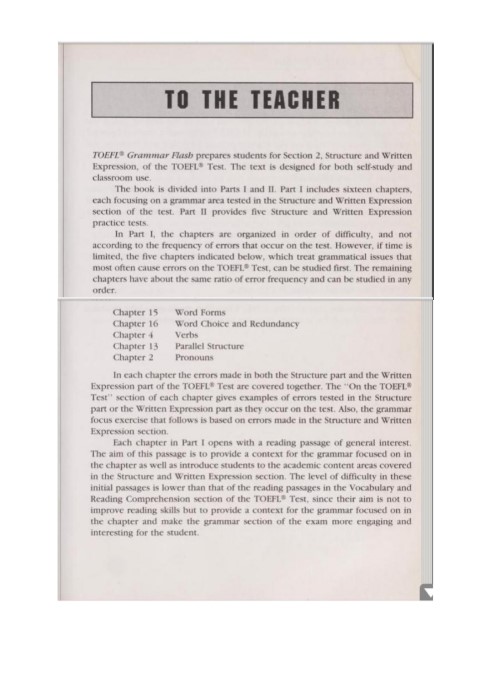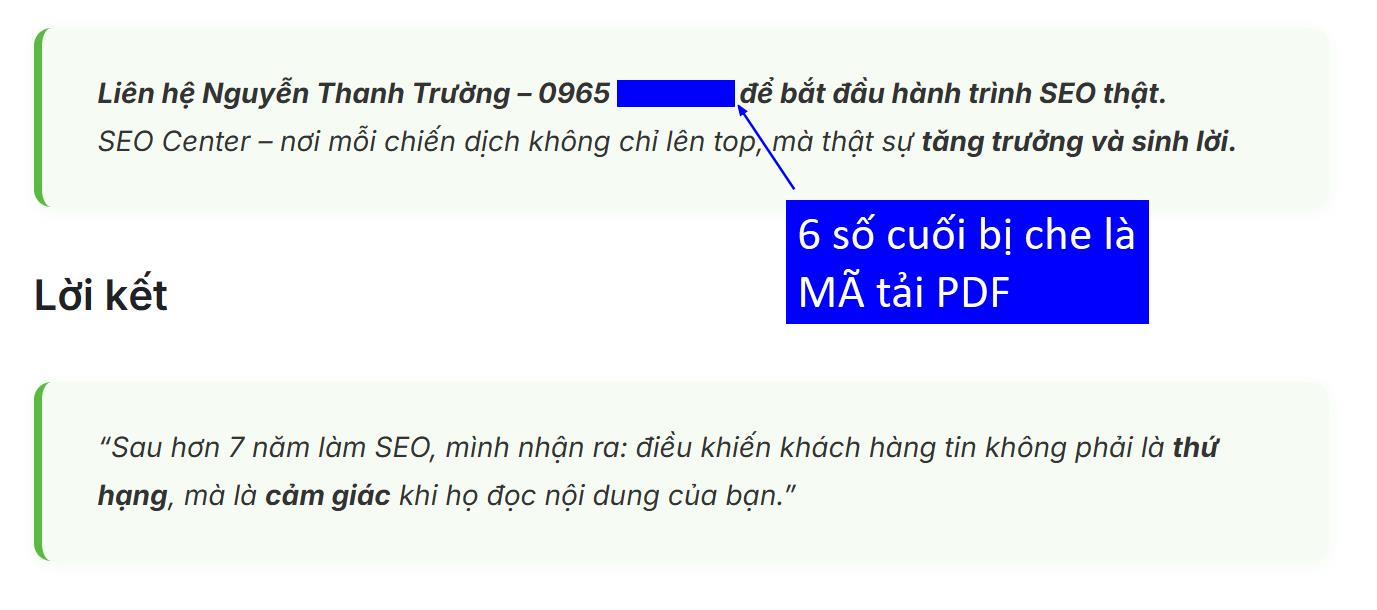


Image 1: CONTENTS – Page 1
CONTENTS
Acknowledgments vii
To the Teacher ix
To the Student xi
The Structure and Written Expression Section of the TOEFL® Test xiii
PART 1: TYPES OF STRUCTURE AND WRITTEN EXPRESSION QUESTIONS 1
CHAPTER 1: NOUNS 2
Introduction: The Brain 2
Grammar: Singular and Plural Nouns 4
On the TOEFL® Test 8
Exercises on Nouns 9
CHAPTER 2: PRONOUNS 11
Introduction: Penguins 11
Grammar: Pronouns 13
On the TOEFL® Test 19
Exercises on Pronouns 21
CHAPTER 3 PARTS OF A SENTENCE 23
Introduction: Phyllis Wheatley 23
Grammar: Parts of a Sentence 24
On the TOEFL® Test 30
Exercises on Parts of a Sentence 31
CHAPTER 4: VERBS 33
Introduction: The Olympics 33
Grammar: Verbs 35
On the TOEFL® Test 44
Exercises on Verbs 46
Image 2: CONTENTS – Page 2
CHAPTER 5: PREPOSITIONS 48
Introduction: Mount St. Helens 48
Grammar: Prepositions 49
On the TOEFL® Test 55
Exercises on Prepositions 56
CHAPTER 6: ARTICLES 58
Introduction: Islands 58
Grammar: Articles 60
On the TOEFL® Test 65
Exercises on Articles 66
CHAPTER 7: NOUN CLAUSES 68
Introduction: Michael Faraday 68
Grammar: Noun Clauses 69
On the TOEFL® Test 73
Exercises on Noun Clauses 74
CHAPTER 8: ADJECTIVE CLAUSES 76
Introduction: American Indian Smoke Signals 76
Grammar: Adjective Clauses 77
On the TOEFL® Test 82
Exercises on Adjective Clauses 83
CHAPTER 9: ADVERB CLAUSES 85
Introduction: Distant Galaxies 85
Grammar: Adverb Clauses 86
On the TOEFL® Test 91
Exercises on Adverb Clauses 92
CHAPTER 10: PREPOSITIONAL PHRASES 94
Introduction: Land Art 94
Grammar: Prepositional Phrases 95
On the TOEFL® Test 98
Exercises on Prepositional Phrases 99
CHAPTER 11: COMPARATIVES AND SUPERLATIVES 102
Introduction: Violins 102
Grammar: Comparatives and Superlatives 103
On the TOEFL® Test 107
Exercises on Comparatives and Superlatives 108
Image 3: CONTENTS – Page 3
CHAPTER 12: CONJUNCTIONS 110
Introduction: The Soya Bean’s Industrial Uses 110
Grammar: Conjunctions 111
On the TOEFL® Test 115
Exercises on Conjunctions 116
CHAPTER 13: PARALLEL STRUCTURE 118
Introduction: Vitamin C 118
Grammar: Parallel Structure 119
On the TOEFL® Test 122
Exercises on Parallel Structure 123
CHAPTER 14: WORD ORDER 125
Introduction: Computers 125
Grammar: Word Order 127
On the TOEFL® Test 130
Exercises on Inversion 131
CHAPTER 15: WORD FORMS 133
Introduction: Benjamin Franklin 133
Grammar: Word Forms 134
On the TOEFL® Test 139
Exercises on Word Forms 140
CHAPTER 16: WORD CHOICE AND REDUNDANCY 142
Introduction: Asbestos 142
Grammar: Word Choice 144
Redundancy 149
On the TOEFL® Test 150
Exercises on Word Choice and Redundancy 151
PART II: STRUCTURE AND WRITTEN EXPRESSION PRACTICE TESTS 153
PRACTICE TEST 1 154
PRACTICE TEST 2 160
PRACTICE TEST 3 166
PRACTICE TEST 4 172
PRACTICE TEST 5 178
Answer Key 185
Image 4: STRUCTURE AND WRITTEN EXPRESSION – Page 1
STRUCTURE AND WRITTEN EXPRESSION
The Structure and Written Expression Section of the TOEFL® Test
Section 2 of the TOEFL® Test tests your understanding of English grammar. The section is divided into two parts, with a different type of question in each part:
A: Structure (questions 1-15) tests sentence completion.
B: Written Expression (questions 16-40) tests error identification.
The number of items in the Structure and Written Expression parts are as follows:
| Short Form | Long Form | |
| Structure | 15 | 23 |
| Written Expression | 25 | 37 |
| Total | 40 | 60 |
| Time | 25 minutes | 35 minutes |
- Language: Section 2 tests standard written English. The language in this section is more formal than the language in the Listening Comprehension section. There will be no contractions (there’s) or idiomatic expressions.
- Topics: The topics in Section 2 are about academic subjects: the physical sciences (astronomy, geology), social sciences (anthropology, nutrition), or the arts and humanities (music, art). But you do not have to know about these subjects to answer the questions.
There are cultural references to the United States and Canada. These references may be to people, places, or things related to the United States and Canada, but you do not have to know of these references or facts. All you have to do is concentrate on the structure of the sentence. A knowledge of the facts referred to in this section are entirely irrelevant to your score. - Grammar points tested: Although a wide range of grammar points is tested, certain grammar points occur over and over again. Each chapter of this text concentrates on a particular grammar point tested on the TOEFL® Test.
Image 5: STRUCTURE AND WRITTEN EXPRESSION – Page 2
Strategies for Structure: Questions 1-15
This part of the test consists of fifteen incomplete sentences. A part of each sentence is replaced by a blank. Under each sentence four choices are listed, A, B, C, and D. One of the choices logically and grammatically completes the sentence.
- Look at the answer choices first.
- If they are short, you can get an idea of what to look for when you read the sentence.
- If they are long, read the sentence (stem) first. Analyze its structure. Work out how many clauses there are. See if the clauses have subjects and verbs. Look for connectors that join the clauses. Then look at the four choices. If you still do not know the answer, eliminate as many distractors as you can and take a guess from your remaining choices.
- Read all the choices. Never choose an answer before reading all four choices. Some of the choices may be very similar, and you may make a careless mistake.
- Read the sentence completely with the answer you have chosen. Make sure your answer fits. If the answer does not sound right, it may not be. If you do not know, guess and go on. If you have time you can come back to the difficult items later.
- Watch for the following when you insert your answer into the sentence:
- Your answer may have an unnecessary word or phrase.
- It may be incomplete.
- It may be ungrammatical. If so, discard that answer and reconsider the remaining three.
- Use your time carefully. Do not spend so much time that you will not have enough time to finish the Written Expression part. Budget your time carefully. Do not spend more than thirty seconds on each item.


